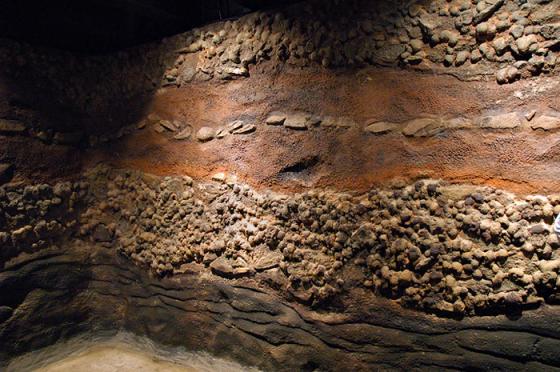this thread is very interesting.
in arizona on the hopi reservation, the tribe sets its yearly events (quarterly and half-way days) by watching the sunrises in the notches of a line of hills about 50 miles away.
the hopi have a society of sun priests. one old man spends the entire day sitting on a rooftop and watching the sun. all the sunrise observations are made from a single point. this point is in the village of old orabi. this is the oldest constantly inhabited town in north america. no outsider ,native or european, is ever allowed to spend the night in old orabi so no outsider has ever been there for the sunrise observation.
these yearly observations mark the equinoxes and solstices and the points half way between.... the planting and harvest are set by these observations as well as certain ceremonies.
when the midwinter night occurs, the men gather in the kiva and pray the sun back towards summer. when they exit the kiva at dawn they see that the sun is rising slightly north of its southernmost point. their line of sight is over 50 miles long. they have done this ceremony and observation for perhaps 5,000 years.
location_on
photo
ondemand_video
forum
description
link
